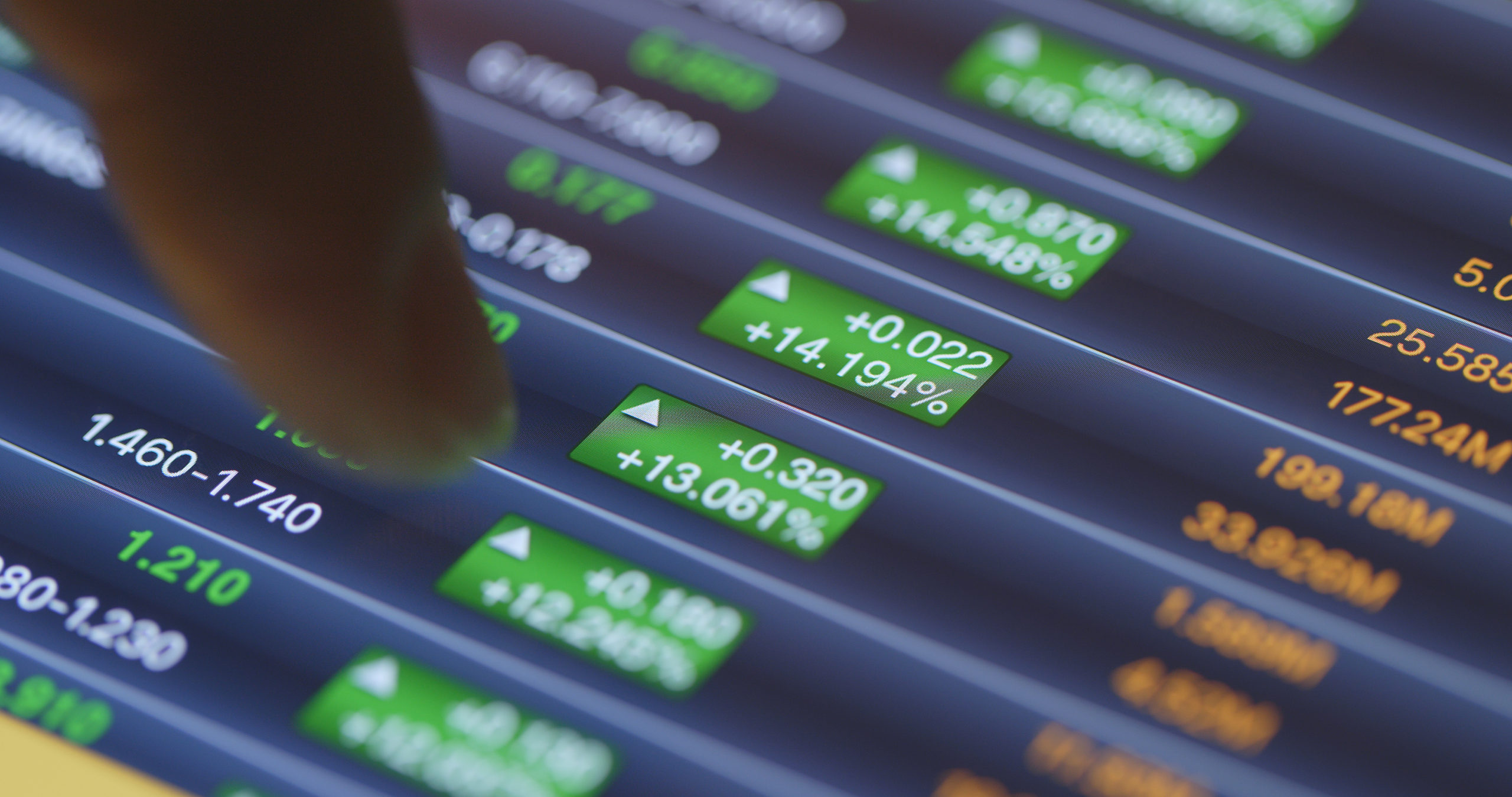Day trading is the stock trading operations for the sale of assets in which you enter and leave the same day, you can operate with currencies, stocks, raw materials, among other assets.
As the title describes, stock market operations in this category refer to the purchase or sale of assets that are entered and exited on the same day. These types of operators achieve their repayments through the use of large amounts of capital to take advantage of highly liquid instruments, while making small price movements in the markets. Day Trading operations have the advantage that the investor decided to speculate on the same day will not incur refinancing costs and overnight fees, since all operations are opened and closed on the same trading day.
Because day trading is risky and rewarding, traders of this strategy need to take into account two fundamental factors: LIQUIDITY and VOLATILITY. Market liquidity allows stocks to enter and exit at an optimal price. How? They take into consideration the difference between the bid and ask prices (spread), a low deficit and the search for tight spreads.
Volatility is measured by the expected daily price range (which is the day trader’s active hours). The higher the volatility, the greater the profit potential as well as the loss ratio.
Considering the following variables may be of utmost relevance when deciding on Day Trading:
- Identification of possible entries – charts on the day (for example) of Japanese candles, ECN quotes, real-time news, and economic calendar are some of the indicators to enter the markets
- Search for target prices – The identification of the target price is optimal when entering the markets, you have to be sure that it enters with a good price to ensure a profit when the operations are closed
- Stop-Loss – Trading on margin increases your risk and exposure to rapid price movements. By using the “stop loss”, you will limit the loss in any position
- Beating the Odds – Assessing your performance by closely following your strategy rather than chasing a profit
What you should know before investing in the markets
Go short or go long? Open and close positions in a dizzying way or trade with long-term profit in mind? Within the multiple strategies of market speculators, there are two large subcategories (sell vs. buy, open short positions vs. long-term trading) that are the basis of each trader’s style. In this article, we will explain in particular the main differences between day trading and long trading.
Long trading: the secrets of investing for the long term
This definition refers to positions that are kept open for long periods of time, which can extend for months and even years. In long positions, studying the fundamental factors that affect the markets is essential. For long-term traders, in general, more capital is needed up front, as most investors are confident that their positions need to withstand or “outperform” a number of changes in the market during the time that the position it’s open. The idea behind long-term operations is to gradually create repayments over a period of time.
To minimize risks (or at least take into account strategies to cushion the big moves) you need to put risk management strategies in place. Here are some guidelines to keep in mind:
- Use a small amount of leverage – Stay at volumes that make up a small percentage of your value so that you will be able to sustain volatility throughout the day or week
- Be aware of your SWAPS – Swaps are fees charged to keep positions open overnight. There are situations where you could incur positive swaps, but in general, most of the time they are negative, so be well prepared for those expenses.
Time versus profit potential – Consider the amount of time you spend in your operations and compare it to the potential paybacks you receive. Long-term traders often use relatively large amounts of capital to make the time-investment ratio worthwhile. The most common mistakes made by long-term traders is that even with the best investment strategy prepared manually or automatically, it may not reach the profit you were aiming for, and this could occur when too little leverage is being used.





[…] how to learn Day Trading the stock market? One way is through technical analysis, let’s see how to do […]